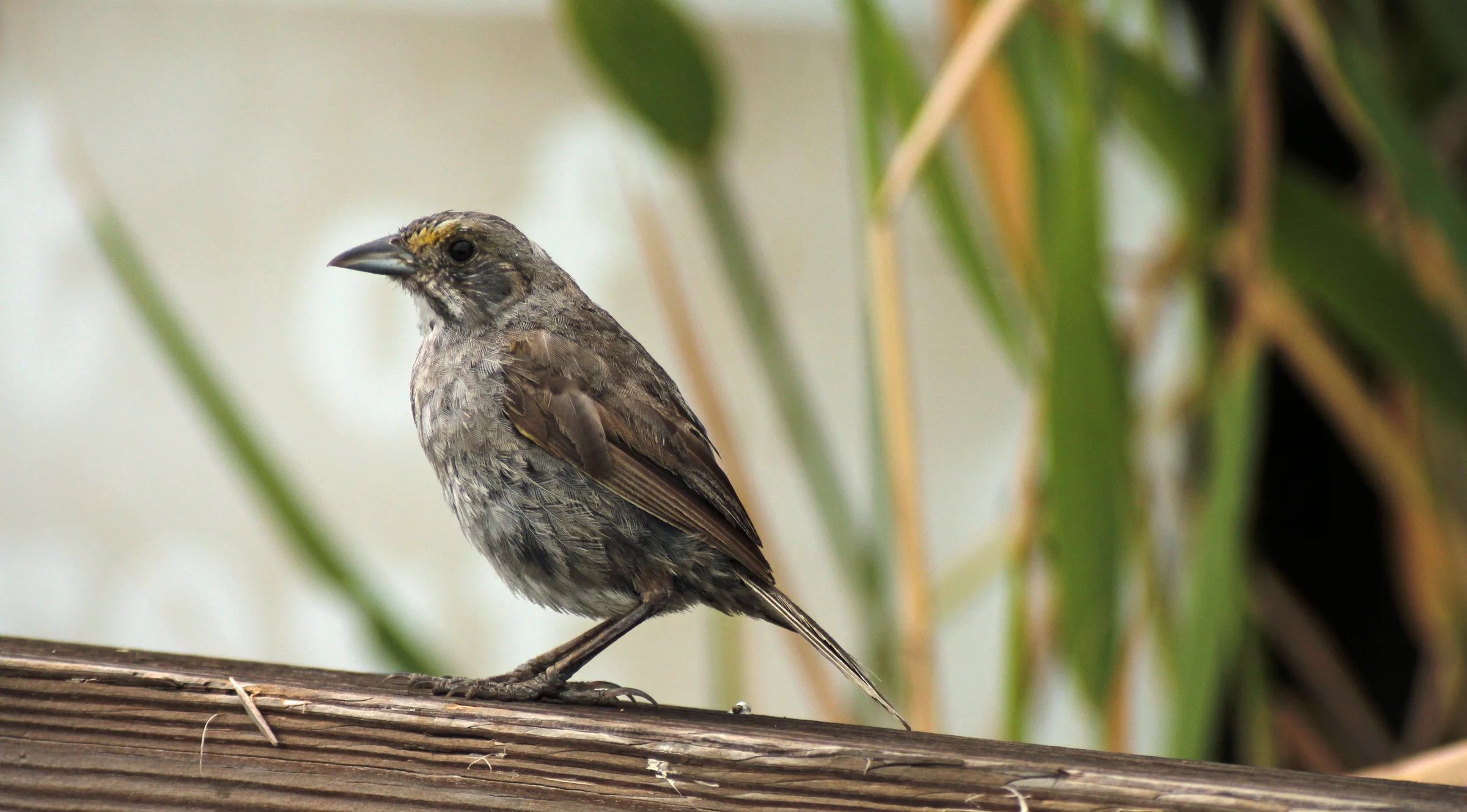
The Dusky Seaside Sparrow, once a prominent resident of the coastal marshes and wetlands of central Florida, is a species that holds a unique place in avian history. With its dark plumage and distinctive song, this small passerine bird captured the hearts of birdwatchers and researchers alike. However, despite its undeniable charm, the Dusky Seaside Sparrow faced a tragic fate and is now considered extinct.
In this article, we will delve into the fascinating world of the Dusky Seaside Sparrow and explore ten intriguing facts about this elusive bird. From its habitat preferences to its feeding habits, we will uncover the secrets of this remarkable species. So, let’s embark on a journey to discover the legacy and lessons left behind by the Dusky Seaside Sparrow.
Key Takeaways:
- The Dusky Seaside Sparrow, with its unique plumage and melodic song, sadly went extinct due to human activities. Its story highlights the need for stronger conservation efforts to protect endangered species and their habitats.
- The tragic tale of the Dusky Seaside Sparrow serves as a reminder of the devastating impact of environmental changes on fragile ecosystems. It emphasizes the importance of sustainable practices to ensure the survival of all living creatures.
Endangered Species
The Dusky Seaside Sparrow was a bird native to the marshes of Southern Florida. Unfortunately, it is now extinct, making it one of the rarest and most tragic tales of extinction in recent history.
Limited Range
This small sparrow was known to inhabit a very restricted area along the eastern coast of Florida, making its home in the salt marshes and mangroves of the region.
Feather Coloration
The Dusky Seaside Sparrow had unique plumage, featuring a dusky gray coloration on its back and a lighter gray shade on its underparts. This helped it blend into its marshland habitat.
Distinctive Song
The male Dusky Seaside Sparrow had a distinct and melodic song, which it used to attract mates and establish its territory within the marshes. Unfortunately, this beautiful song is now lost forever.
Environmental Changes
The decline of the Dusky Seaside Sparrow can be attributed to various factors, including habitat destruction due to land development, pollution, and the introduction of non-native species that competed for resources.
Last Known Individual
The last known Dusky Seaside Sparrow, a male named “Orange Band,” died in captivity at Disney’s Discovery Island in His death marked the official extinction of the species.
Conservation Efforts
Before its extinction, efforts were made to save the Dusky Seaside Sparrow, including captive breeding programs. However, the population remained too small and genetically compromised to recover.
Symbol of Loss
The Dusky Seaside Sparrow serves as a symbol of the devastating impact of human activities on fragile ecosystems and the need for stronger conservation efforts to prevent future extinctions.
Scientific Documentation
Although it is no longer found in the wild, the Dusky Seaside Sparrow lives on through scientific documentation, including preserved museum specimens and recordings of its unique song.
Conservation Awareness
The sad fate of the Dusky Seaside Sparrow serves as a reminder of the importance of protecting endangered species and their habitats, and the need for sustainable practices to ensure the survival of all living creatures.
Conclusion
The Dusky Seaside Sparrow was a unique and fascinating bird that once inhabited specific areas along the Florida coastline. Unfortunately, due to human impact and habitat loss, this beautiful sparrow is now extinct. However, despite its tragic fate, there are still valuable lessons to be learned from its story. The demise of the Dusky Seaside Sparrow serves as a stark reminder of the importance of conservation efforts and taking action to protect endangered species. By understanding the factors that led to its extinction, we can strive to prevent similar occurrences in the future and work towards preserving the natural biodiversity that is essential for the health of our planet.
FAQs
Q: What was the habitat of the Dusky Seaside Sparrow?
A: The Dusky Seaside Sparrow inhabited marshes and coastal areas along the central Florida coastline.
Q: Why did the Dusky Seaside Sparrow become extinct?
A: The primary causes of the Dusky Seaside Sparrow’s extinction were habitat loss due to urban development, pesticide use, and invasive species encroachment.
Q: Are there any other birds similar to the Dusky Seaside Sparrow?
A: The Dusky Seaside Sparrow had several subspecies, but it was genetically distinct from other sparrows. There are no known birds that are very similar to the Dusky Seaside Sparrow.
Q: Can any measures be taken to prevent the extinction of other bird species?
A: Yes, conservation efforts such as protecting habitats, promoting responsible pesticide use, and preventing the introduction of invasive species can help prevent the extinction of bird species.
Q: Are there any ongoing efforts to bring back the Dusky Seaside Sparrow?
A: No, unfortunately, the Dusky Seaside Sparrow is considered extinct, and there are no current efforts to bring the species back.
Was this page helpful?
Our commitment to delivering trustworthy and engaging content is at the heart of what we do. Each fact on our site is contributed by real users like you, bringing a wealth of diverse insights and information. To ensure the highest standards of accuracy and reliability, our dedicated editors meticulously review each submission. This process guarantees that the facts we share are not only fascinating but also credible. Trust in our commitment to quality and authenticity as you explore and learn with us.
